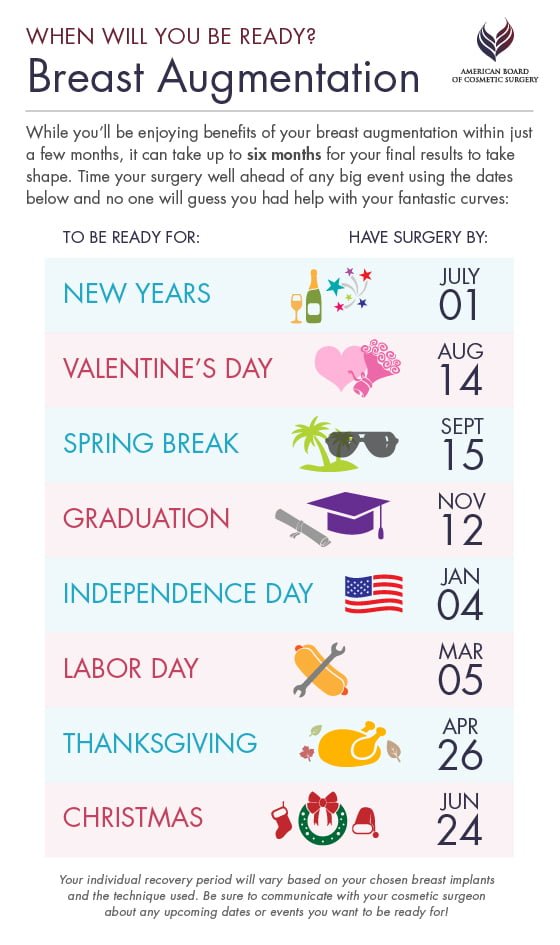Acne In Pregnancy Safe Treatments
Acne In Pregnancy Safe Treatments
Blog Article
Advantages and disadvantages of Laser Resurfacing
In the hands of a competent practitioner, laser resurfacing is a safe and reliable method to treat scarring, wrinkles, sunlight damage, and other blemishes. Select a specialist based on their experience, training and credentials instead of just the price or brand name of laser platform.
Nevertheless, it is very important to recognize the benefits and drawbacks of this aesthetic treatment.
Price
Laser resurfacing can help diminish the appearance of age spots and sun damage, leaving the skin with a more even texture. It can also be used to treat scars and enlarged oil glands on the nose.
The cost of laser resurfacing varies widely, depending on the type of treatment and the location. Patients should always ask for a detailed breakdown of the costs before agreeing to the treatment. On top of that, several insurance policy providers do not cover the treatment, yet some might if it is regarded clinically needed. In addition, funding alternatives are readily available with centers and medical credit cards such as CareCredit. These options can ease the burden of ahead of time expenditures, yet individuals must thoroughly evaluate the repayment terms before deciding on a strategy.
As a whole, laser resurfacing uses much better results than chemical peels and dermabrasion. However, it can not replace a renovation or neck lift. Furthermore, it is not an efficient treatment for loose skin, which requires surgical procedure to tighten up.
Downtime
Although laser skin resurfacing can be an efficient treatment for creases, acne scarring, and various other skin acnes, it needs significant downtime. However, the recuperation procedure is typically short and reasonably pain-free. The downtime is required because the laser disintegrate skin cells and boosts new growth. This causes smoother, tighter, and a lot more younger looking skin.
There are a number of laser resurfacing therapies readily available, and the very best one for your particular demands will certainly depend upon the type of skin trouble you wish to address. A professional skin care professional will certainly have the ability to identify the sort of laser that would certainly work best for you.
If you pick a nonablative laser, you can anticipate little or no downtime. You may experience soreness and swelling for a few days, but this can be decreased by using moisturizing lotion liberally and taking ibuprofen as required. It is also vital to prevent vulnerable sunlight direct exposure following a laser therapy.
Adverse effects
The success of laser resurfacing depends on numerous elements, including a knowledgeable and educated person, a qualified physician and an ideal postoperative healing regimen. Severe complications can take place.
Common light adverse effects of laser skin resurfacing are redness, itching and crusting. You might also experience light bruising and abrasions. If you have herpes simplex infection (HSV) and get a fever blister outbreak in the therapy area, your medical professional may advise antiviral medicine prior to and after your treatment session.
Akhavan compares the healing procedure to that of a paper cut, saying that it takes concerning a week for the wound to close and for the cells to begin generating new cells. He advises his individuals to avoid extreme cleansers during healing and instead use a mild, fragrance-free cleanser or delicate skin formula. He likewise cautions them to use sun block and minimize sun exposure. He suggests that customers get their therapies on a routine so that they're not disrupted by a vacation or other occasion.
Safety
Laser resurfacing is a really safe treatment in the hands of a trained and experienced service provider. Nonetheless, in the hands of an inexperienced individual or a professional using a mediocre laser system, it can be uncomfortable and unsafe.
During laser therapy, the treatment team cleans the location and applies a numbing lotion. Then, the laser discharges short, high-intensity beams of light that ruin harmed outer layers of skin. The laser likewise warms underlying skin, stimulating collagen development to boost texture and firmness.
The treatment can reduce fine lines, age places and uneven skin tone in lots of people. It can not treat deep scars and drooping skin, nonetheless.
The most typical negative effects of laser resurfacing consist of redness and swelling (erythema). Various other possible complications include hypopigmentation, skin eruptions and dermatitis, and herpes simplex or herpes outbreaks. Safety measures for herpes simplex consist of antiviral drug, such as valacyclovir or acyclovir, starting two days prior to therapy and proceeding until seven to 10 microdermabrasion days after therapy.